Milwaukee’s Grand Avenue
For much of the twentieth century, Wisconsin Avenue was the entertainment and retail center of the city.
When Kilbourntown developers planned Spring Street (W. Wisconsin Avenue) in 1835, the future street was a wild rice marsh from the Milwaukee River to just past what would become N. 4th Street. There, part of a Potawatomi village was set up at the base of a steep fifty-foot bluff, with the rest of the community living above the bluff.
Three years later, the federal government moved the native inhabitants west of the Mississippi River to make room for white settlers. Then the city-making began. The bluff was taken down with the resulting materials used to fill in the wetlands below. One Tory Hill worker, an Irish immigrant named Owen Powderly, was killed while working on the bluff removal. Part of it collapsed on him and his team of horses, killing them and injuring several other workers. By the late 1840s, the bluff was down, the swamp was raised, and the road ran up the Spring Street Hill and to the west.
On the other side of the river, in Juneautown, the road was known as Wisconsin Street. There was much less work to be done there, just a small bluff that needed to be removed and a ravine between Jackson and Van Buren Streets that had to be filled.
These improvements did not immediately make Wisconsin/Spring Street the main street it would become. For example, when the Civil War ended in 1865, thousands of residents celebrated the event on N. Water Street, the main commercial artery at the time.
In 1876, some citizens petitioned the Common Council to change the name of Spring Street to Grand Avenue. There was some resistance to the idea, as there always is to change. Some opponents said calling it “Grand” would not make it so. Others, taking a shot at the wealthy, influential petitioners, stated that maybe it should be named “Snobby Avenue.” But in a city where new proposals are discussed seemingly forever, the Council approved the new name in less than a month after receiving the petition.
Wisconsin Street/Grand Avenue was slated to have only one name and what it was to be was argued ad nauseam. World War I came and went. That war’s victory parade ran down Grand Avenue and Wisconsin Street, a sign that the thoroughfare was the number one street in the city. Finally, thirteen years later, on December 20, 1926, primarily over the objections of the merchants of Grand Avenue, the street was renamed Wisconsin Avenue.
For much of the twentieth century, Wisconsin Avenue was the entertainment and retail center for the city. It also became its heart. When thousands of ecstatic residents wanted to share their happiness when World War II ended, and when the 1957 Milwaukee Braves won the World Series, Wisconsin Avenue is where they came to celebrate. But city residents flocked to the suburban areas in the 1960s and new shopping malls and theaters were built there to serve them. Stores and theaters closed on Wisconsin Avenue and downtown became nearly deserted. The street is making a comeback now as is the entire downtown area.
Wisconsin Avenue was, of course, named for the state, which in turn was named for the Wisconsin River flowing through it into the Mississippi River. It is from a Native American language, although which one is not known, and its meaning, in spite of the numerous interpretations and spellings that have been offered, is uncertain.
As is befitting the city’s main street, many of Milwaukee’s most impressive buildings are on Wisconsin Avenue. There are too many to try to describe or even to enumerate in this column. They can be seen in all their glory on a walk down the avenue. The walker can learn about Milwaukee’s history and the background of some of its buildings by reading the historical markers and historic kiosks. Sculptures and statues of ducks, camels, soldiers, and saints among others are on display. Public art, like the animation of Janet Zweig‘s “Pedestrian Drama,” and the recently installed Reggie Baylor mural “The Answer to the Area…A.) Persons B.) Places C.)Things D.) All of the Above E.) None of the Above.” are also points of interest.
When Wisconsin Avenue crosses the Menomonee River Valley it enters a residential area. At Hawley Road it begins its run through western suburbs except for a section between N. 87th and N. 95th Streets that is part of Milwaukee. After that, the street leaves the city permanently.
Carl Baehr, a Milwaukee native, is the author of Milwaukee Streets: the Stories Behind their Names, and articles on local history topics. He has done extensive research on the sinking of the steamship Lady Elgin, the Newhall House Fire, and the Third Ward Fire for his upcoming book, “Dreams and Disasters: A History of the Irish in Milwaukee.” Baehr, a professional genealogist and historical researcher, gives talks on these subjects and on researching Catholic sacramental records. He earned an MLIS from the UW-Milwaukee School of Information Studies.
Sites Along Wisconsin Avenue
City Streets
-
Revised Milwaukee Streets Book Dishes the Dirt
 Nov 3rd, 2025 by Michael Horne
Nov 3rd, 2025 by Michael Horne
-
The Curious History of Cathedral Square
 Sep 7th, 2021 by Carl Baehr
Sep 7th, 2021 by Carl Baehr
-
Gordon Place is Rich with Milwaukee History
 May 25th, 2021 by Carl Baehr
May 25th, 2021 by Carl Baehr


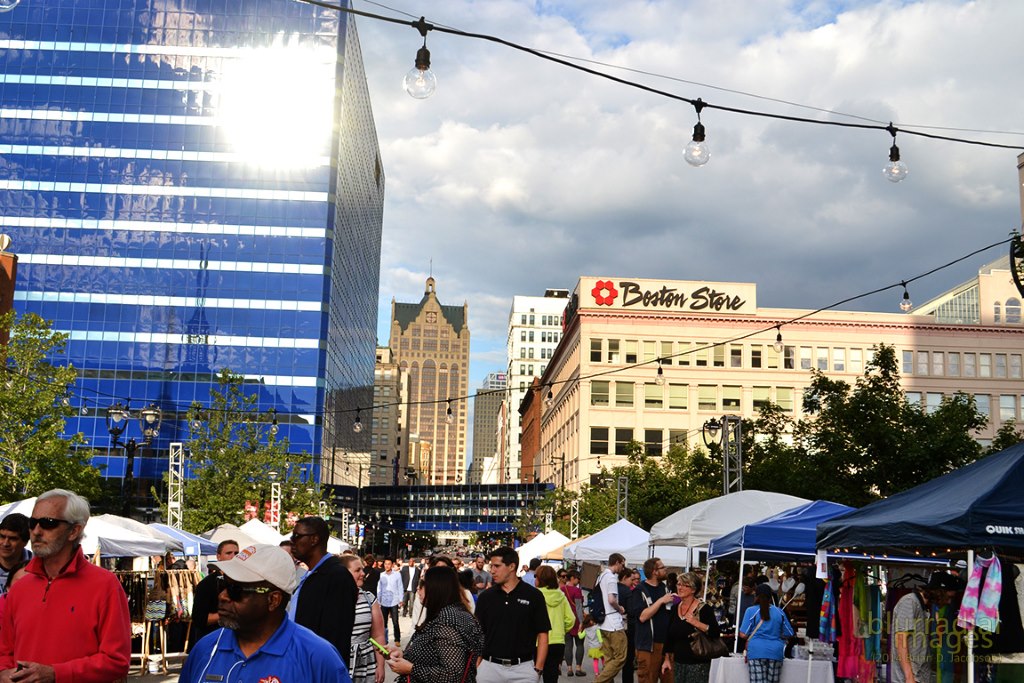
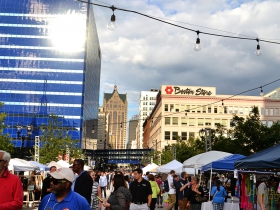
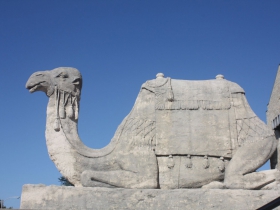
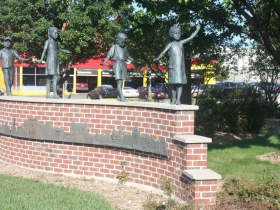
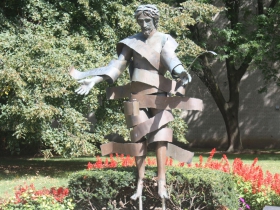
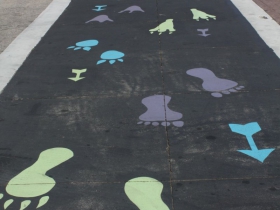
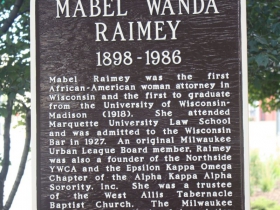

















Enjoyed your website. I’m interested in Old Milwaukee. Although I live a thousand miles away, family has been in the area for several generations. Great grandparents had several restaurants downtown starting in the early 1880’s. One was at the corner of 2nd and Grand Ave and I keep wondering what’s there now. Have many old photos. Maybe you could help? Brigit
Can anyone tell me in what ward of 1900 census of Milwaukee, 606 Grand Ave. was located?
Greetings! I am seeking photos of a building at 222 Grand Ave. In 1892 it was apparently owned by Cornelius, John, and Richard De Blaey. The 3 brothers opened a restaurant at that location called “The De Blaey Brother’s Restaurant.” I got that information from the Milwaukee directory. It looks as if they lived there also. I was able to find a photo of a large building at that location but it was from several decades earlier. I also have a diagram of the buildings on that block but it does not mention what businesses are represented.
John De Blaey was my Great-great Grandfather. This is why I’m interested in this information. The Milwaukee Historical Society does not have the photo. I already checked.
Thank you,
Nancy De Blaey-Thorgaard
606 Grand Avenue was in the Fourth Ward in 1900. The address no longer exists but it would have been just west of N. Sixth Street on W. Wisconsin Avenue